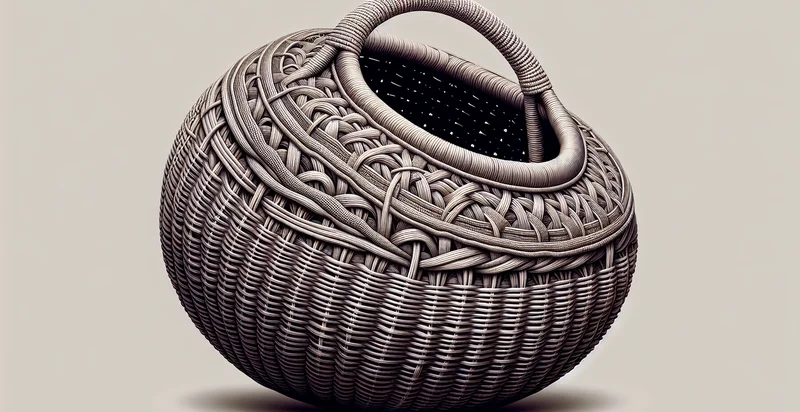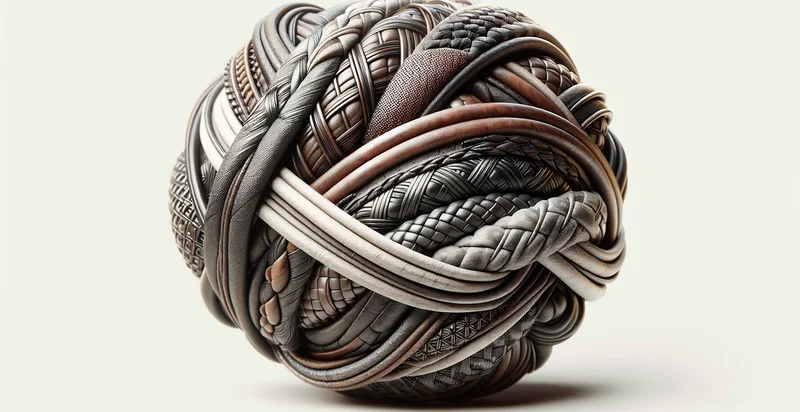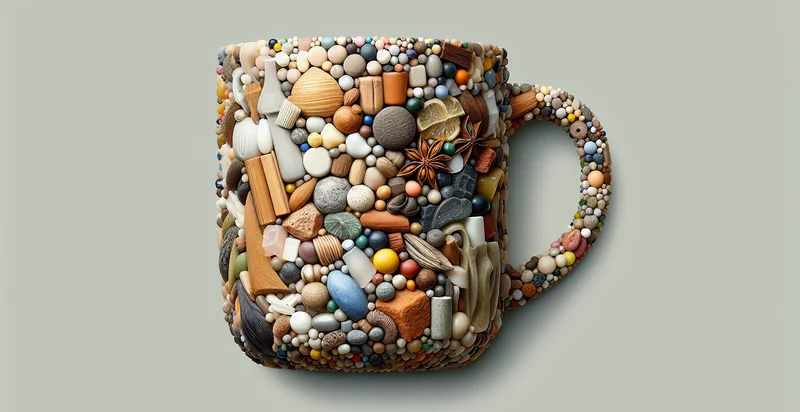Identify what material a basket is made from
using AI
Below is a free classifier to identify what material a basket is made from. Just upload your image, and our AI will predict what material a basket is made from - in just seconds.

Contact us for API access
Or, use Nyckel to build highly-accurate custom classifiers in just minutes. No PhD required.
Get started
import nyckel
credentials = nyckel.Credentials("YOUR_CLIENT_ID", "YOUR_CLIENT_SECRET")
nyckel.invoke("what-material-a-basket-is-made-from", "your_image_url", credentials)
fetch('https://www.nyckel.com/v1/functions/what-material-a-basket-is-made-from/invoke', {
method: 'POST',
headers: {
'Authorization': 'Bearer ' + 'YOUR_BEARER_TOKEN',
'Content-Type': 'application/json',
},
body: JSON.stringify(
{"data": "your_image_url"}
)
})
.then(response => response.json())
.then(data => console.log(data));
curl -X POST \
-H "Content-Type: application/json" \
-H "Authorization: Bearer YOUR_BEARER_TOKEN" \
-d '{"data": "your_image_url"}' \
https://www.nyckel.com/v1/functions/what-material-a-basket-is-made-from/invoke
How this classifier works
To start, upload your image. Our AI tool will then predict what material a basket is made from.
This pretrained image model uses a Nyckel-created dataset and has 21 labels, including Bamboo, Canvas, Ceramic, Cotton, Glass, Handwoven, Hemp, Jute, Leather and Metal.
We'll also show a confidence score (the higher the number, the more confident the AI model is around what material a basket is made from).
Whether you're just curious or building what material a basket is made from detection into your application, we hope our classifier proves helpful.
Related Classifiers
Need to identify what material a basket is made from at scale?
Get API or Zapier access to this classifier for free. It's perfect for:
- E-commerce Product Verification: Online marketplaces can implement this function to automatically verify the materials used in baskets listed for sale. This ensures that product descriptions are accurate and helps reduce misleading advertisements, enhancing customer trust and satisfaction.
- Quality Control in Manufacturing: Manufacturers can utilize this image classification function during quality control processes to confirm that baskets are made from the specified materials. By streamlining inspections, companies can minimize defects and improve production efficiency.
- Sustainability Reporting: Companies focused on environmental responsibility can use this function to classify materials in baskets to ensure they align with sustainability standards. Accurate material identification can aid in eco-friendly labeling and reporting, attracting environmentally conscious consumers.
- Supply Chain Management: Logistics companies can apply this classification function to verify the material of baskets used for shipping products. By ensuring the right materials are used, they can prevent damage during transit and optimize packaging decisions.
- Consumer Education: Retailers can deploy this function in-store or through mobile applications to educate customers about the materials of baskets they are considering purchasing. Providing transparency around materials can influence buying decisions and promote informed consumer choices.
- Market Research Insights: Businesses can leverage this image classification function to analyze market trends regarding the materials used in baskets across different regions. This data can guide product development and marketing strategies tailored to consumer preferences.
- Recycling and Waste Management: Municipalities and recycling plants can utilize this classification tool to identify materials in discarded baskets. By accurately identifying materials, they can improve sorting efficiency and promote effective recycling initiatives, contributing to waste reduction efforts.


